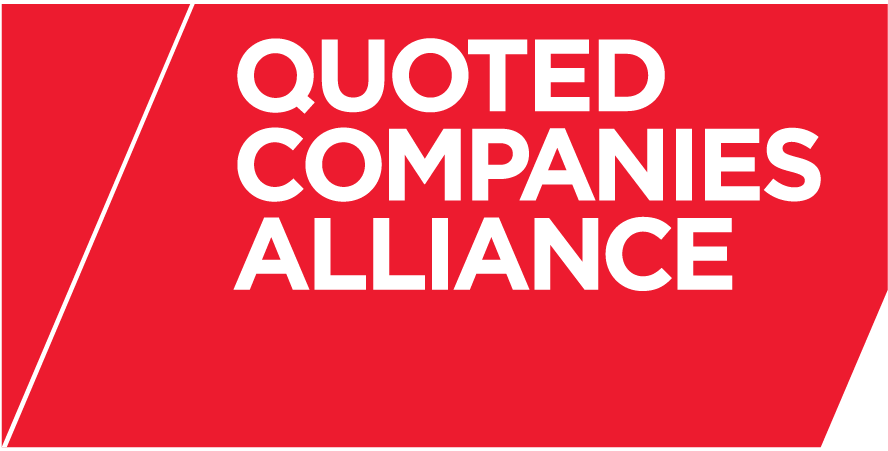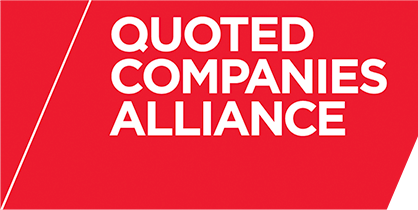The ability to attract new, and different, investors, improved liquidity and enhanced profile are the reasons most often cited by companies making the move up from AIM to the Main Market. In 2008, a total of eleven companies made the move, and a further eight have made the move this year (up to October 2009), with a number of others having announced their intention to do so. What are the principal advantages and disadvantages of a primary (or premium) listing on the Main Market and is this trend set to continue?
Principal advantages
One of the principal advantages of moving to the Main Market is access to a broader pool of investors. The reasons for this are broadly two-fold: First, a number of investment entities are simply unable to invest in AIM shares as a matter of investment policy; Second, an investment in shares listed on the Main Market is generally perceived to carry less investment risk. The perceived lower investment risk is attributable to a number of reasons: the companies are often larger and more established; the entry criteria and on-going regulation (overseen by the Financial Services Authority and UK Listing Authority) is more stringent; and the corporate governance requirements more sophisticated. Accordingly, certain investors are more willing to invest in companies on the Main Market, especially in the current economic climate.
The opportunity to be included in one of the FTSE indices, particularly either the FTSE 100 or FTSE 250, is a key attraction. Tracker funds need to hold shares in companies within the indices which helps liquidity. Only companies with a primary (or premium) listing on the Main Market are eligible for inclusion. Where a company is incorporated in the UK (and has a primary listing in the UK) it should be eligible. Whether an overseas company will be eligible will depend in large part on the scope of investor protection regulations in place in its country of incorporation, or built into its constitutional documents (takeover protection and pre-emption rights), its tax residency, its corporate governance regime and market perceptions. Companies considering a move should investigate whether they will be able to meet the eligibility criteria and corporate governance will form a key part of this review.
Finally, more analysts follow Main Market listed companies (as compared to AIM listed companies), which improves information flow, can give rise to better business press coverage and enhance profile.
Principal disadvantages
Companies moving up will need to prepare a full prospectus in accordance with the Prospectus Rules, vetted by the UKLA, even if the company is not raising money on the listing. This can be a lengthy and costly process.
The continuing obligations of the Main Market are more onerous than AIM. For example, shareholder consent must be sought and an explanatory circular distributed for any acquisition or disposal with a percentage ratio of 25% or more, compared with 100% for an acquisition and 75% for disposals on AIM. The circular seeking shareholder approval needs to contain certain specified information and can make the acquisition process more cumbersome and lengthy – a definite disadvantage for companies which are still growing.
Companies listed on the Main Market will also be required to comply with the Combined Code on Corporate Governance or explain why they are not doing so in their annual report and accounts.
Conclusion
A sufficiently mature and well capitalised AIM company, which has the structure to become FTSE eligible in the UK and the resources to comply with the extra regulatory and corporate governance burden, may well find that moving to the Main Market is the right move for it. Once on the Main Market, the company can expect to benefit from increased share liquidity, access to more investors and an enhanced profile.
Alexander Keepin is a Partner in the Corporate Team at Charles Russell and Mark Howard is an Associate in the Corporate Team at Charles Russell

